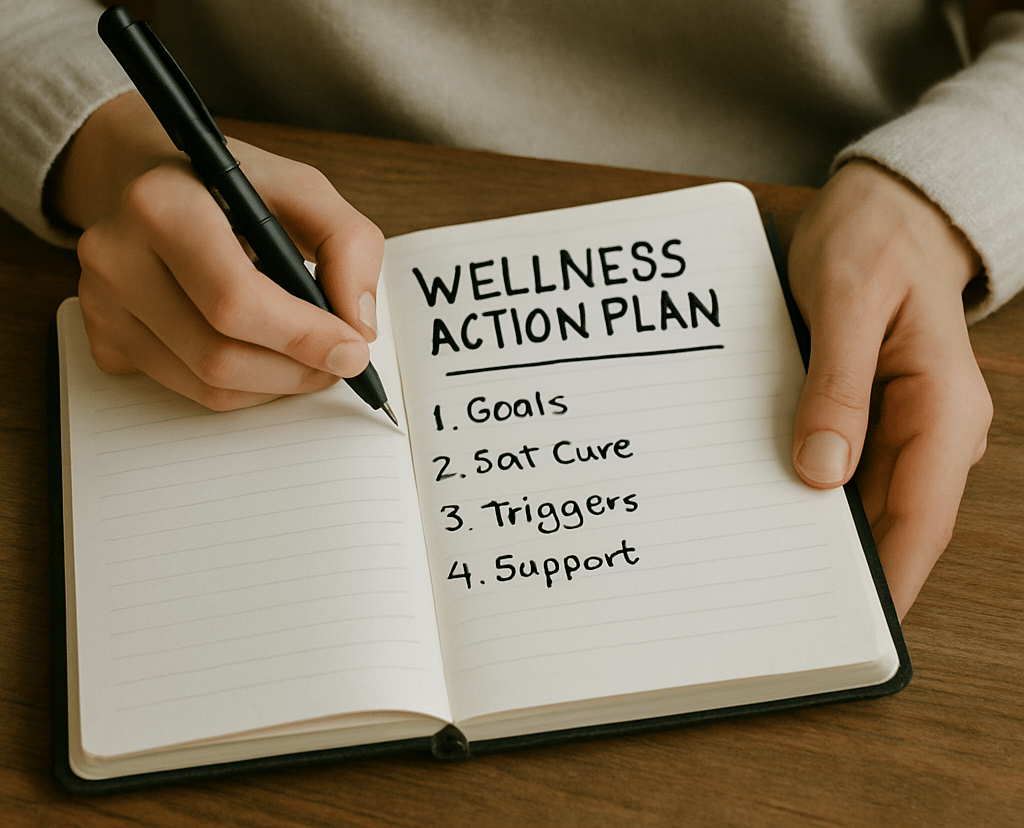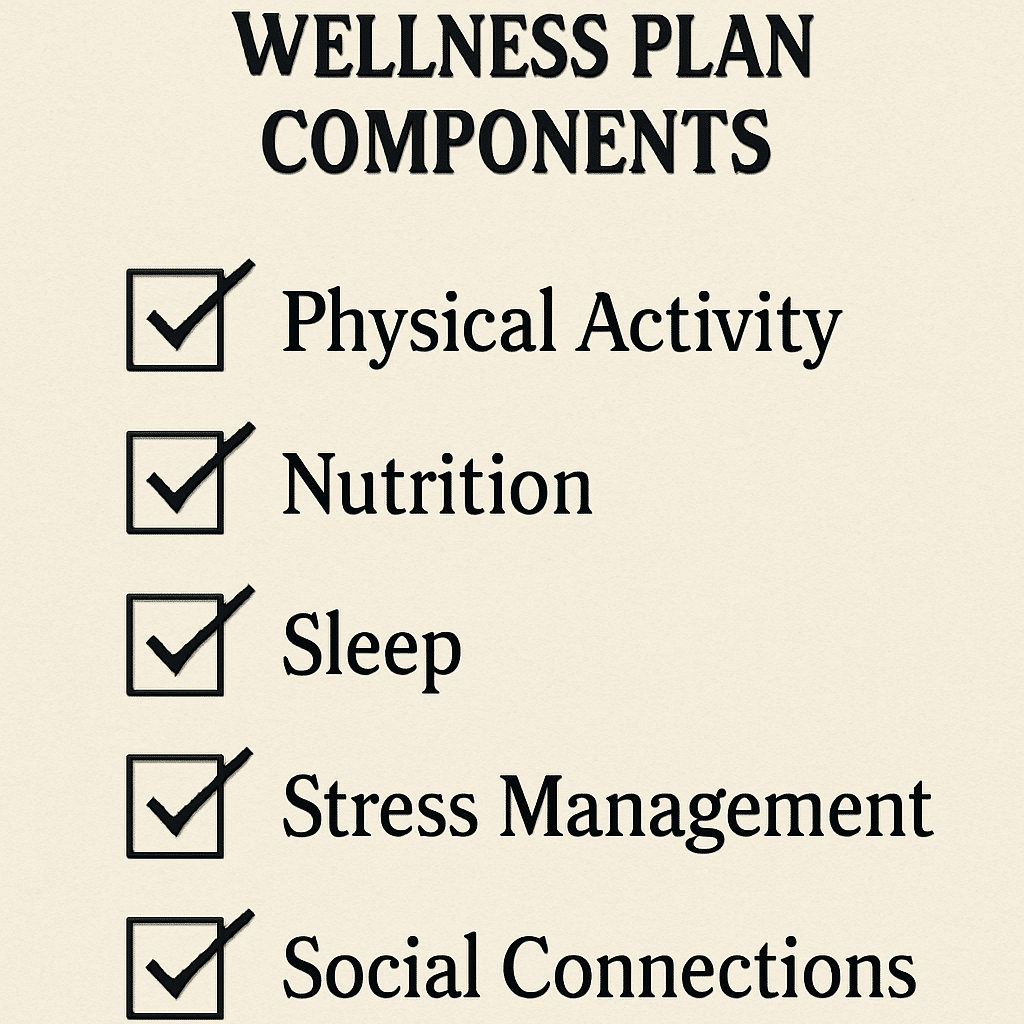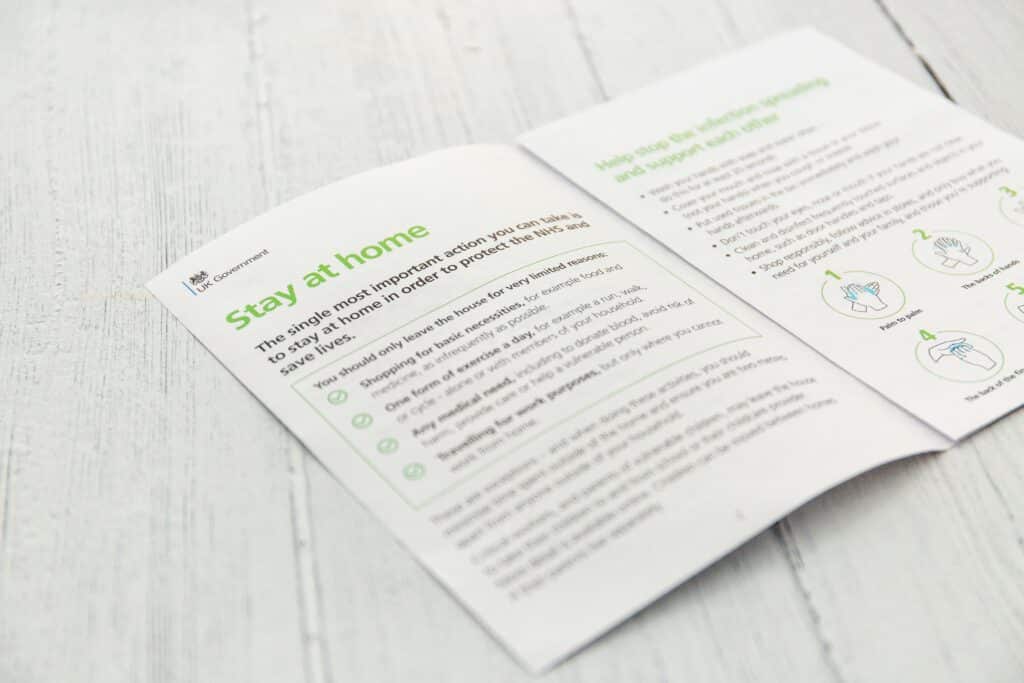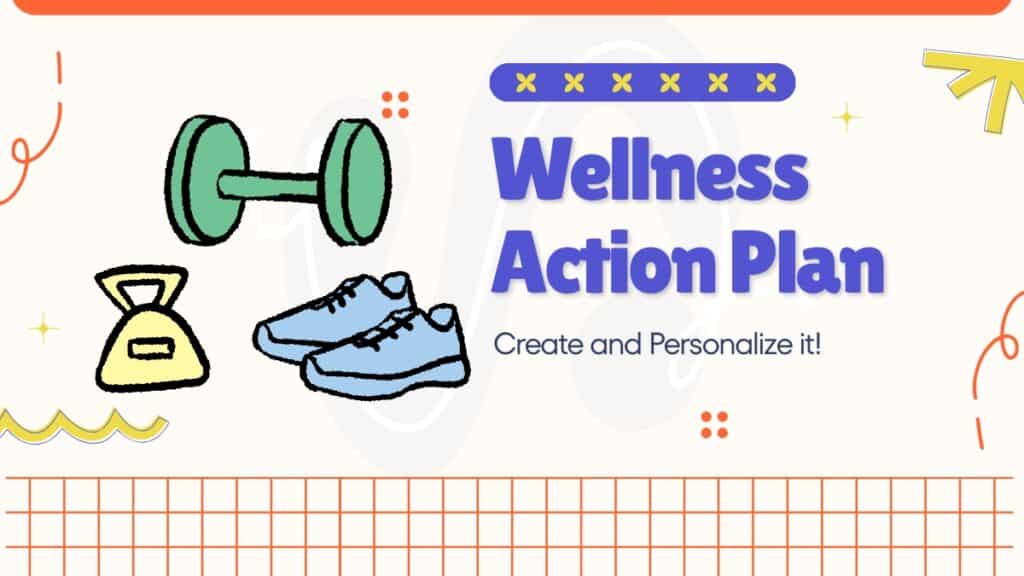Creating a wellness action plan is a proactive step towards better health. It’s a personalized strategy designed to enhance both mental and physical well-being.
This plan helps identify personal triggers and stressors, offering coping mechanisms to manage them effectively. It’s not just about addressing issues but also about fostering a balanced lifestyle.
A wellness action plan includes daily routines, self-care activities, and emergency contacts. It’s a comprehensive approach to maintaining health and preventing burnout.
The wellness recovery action plan (WRAP) is a structured system that supports this process. It provides a framework for monitoring feelings and behaviors, ensuring a holistic approach to wellness.
By creating a wellness action plan, individuals can take control of their health journey. It’s a tool for personal growth and resilience.
>> Also Read: 7 Creative Tips to Boost Your Mood
What Is a Wellness Action Plan?
A wellness action plan is a dynamic document crafted to promote personal well-being. It serves as a roadmap for maintaining mental and physical health.
At its core, the plan is tailored to individual needs, incorporating unique goals and self-care strategies. This personalization ensures it resonates deeply with the individual.
Components of a wellness action plan include:
- Identification of stressors and triggers
- Daily routines for self-care
- Emergency contacts and support networks

It’s essential to regularly update your plan, adapting it to life’s evolving challenges. Flexibility allows the plan to remain relevant and effective.
Involving a support network, such as friends, family, or professionals, can greatly enhance the plan’s success. Their guidance and encouragement strengthen commitment and accountability.
By understanding the specific elements of a wellness action plan, individuals can approach life with resilience and confidence.
Benefits of a Wellness Action Plan
Implementing a wellness action plan offers numerous advantages that can significantly improve your quality of life. First and foremost, it provides a structured approach to managing health.
With a clear plan, individuals can better identify and handle stressors. This proactive approach helps prevent burnout and reduces anxiety levels.
A wellness action plan also enhances self-awareness and emotional intelligence. By regularly reflecting on personal progress and feelings, you gain insights into your mental state.
Key benefits include:
- Increased resilience and coping skills
- Improved mental clarity and focus
- Enhanced physical health and energy levels
Furthermore, having a tailored action plan in place can lead to more fulfilling relationships. It fosters better communication and understanding with others.
Finally, it’s a powerful tool for personal growth. The plan encourages setting and achieving both short-term and long-term goals, which fosters a sense of purpose. Embracing these benefits can lead to a happier, more balanced life.
Key Components of a Wellness Action Plan
Crafting an effective wellness action plan involves several essential components. Each part of the plan should be personalized to suit your unique needs and goals.
The first element to consider is your daily routine and maintenance plan. This includes activities and habits that promote stability and health, such as regular exercise and nutritious meals.
Identifying personal triggers and stressors is another critical step. Understanding what causes stress allows for the development of specific coping strategies to mitigate these effects.
It’s also important to maintain a robust support network. Connecting with friends, family, or mental health professionals can provide guidance and encouragement.
Key components include:
- Daily maintenance plan
- Personal triggers and stressors
- Support network
- Crisis planning
- Emergency contacts
Incorporating a wellness toolbox can be highly beneficial. This includes techniques like mindfulness, relaxation exercises, and hobbies that bring joy and calm.
Finally, having a crisis plan for unforeseen situations is vital. This ensures you’re prepared and can act swiftly during difficult times.

Calculate Your BMI and Calorie Now!
By focusing on these elements, your wellness action plan will serve as a reliable resource for improving mental and physical well-being over time.
Understanding the Wellness Recovery Action Plan (WRAP)
The Wellness Recovery Action Plan (WRAP) is a structured framework designed to help individuals manage their mental health. Originating as a grassroots initiative, WRAP aims to promote recovery and well-being.
At its core, WRAP helps identify personal strengths and resources. This plan allows individuals to tailor strategies for feeling better and staying on track. It’s a versatile tool for various life challenges.
WRAP is made up of five key sections. Each section provides a different focus to help you maintain balance and readiness.
Here’s a quick look at these components:
- Wellness toolbox: A collection of tools like breathing exercises or positive affirmations.
- Daily maintenance plan: Activities that keep you grounded, like reading or walking.
- Triggers: External events or circumstances that could cause a negative reaction.
- Early warning signs: Subtle clues that indicate you might be getting off track.
- Crisis planning: Preparation for times when outside assistance is necessary.

Utilizing a WRAP can enhance your ability to handle life’s ups and downs effectively. It acts as a personalized map toward resilience and self-care.
Step-by-Step Guide to Creating Your Wellness Action Plan
Creating a wellness action plan begins with understanding your personal health needs. Take time to reflect on what aspects of your well-being you’d like to improve.
First, assess your current lifestyle and habits. Are they supporting your mental and physical health? Identify areas where you wish to see change.
Next, outline your wellness goals. These should be realistic, achievable, and tailored to your specific needs. Clear goals provide direction and motivation.
Set both short-term and long-term objectives. Short-term goals can serve as stepping stones towards more extensive aims. Long-term goals help you maintain a vision for sustained wellness.
Now, create daily routines that encourage healthy habits. Consider including activities like exercise, meditation, or journaling. These can support both your physical and mental wellness.
Consider potential stressors and how you might manage them. Developing coping strategies is key. Knowing how to respond to challenges will keep you on track.
Involve support networks where possible. Family and friends can offer encouragement and accountability. Don’t hesitate to seek professional guidance if needed.
Regularly review and update your plan. Changes in your circumstances or goals may require adjustments. Consistent reflection ensures your wellness plan remains effective.
Here are some key steps to guide you:
- Assess your current lifestyle
- Identify areas for improvement
- Outline short-term and long-term goals
- Develop daily routines
- Identify stressors and coping mechanisms
And remember, these are some strategies to enrich your plan:
- Include physical activities like walking or yoga
- Practice mindfulness with meditation or breathing exercises
- Seek community resources like support groups
- Track progress with a wellness journal
- Celebrate achievements to stay motivated
Creating a wellness action plan is an evolving process. It must grow as you do, adapting to changes in your life. With commitment and flexibility, your plan can lead to a healthier, more balanced lifestyle.
Using the Wellness Recovery Action Plan PDF and Other Resources
The Wellness Recovery Action Plan (WRAP) PDF is a valuable tool for structuring your wellness action plan. It provides a comprehensive framework to guide your journey toward better health.
This resource helps monitor and manage stress, emotions, and behaviors. It’s a practical guide that many find beneficial for creating a plan that works. Leveraging such structured guidance can ease the planning process and enhance its effectiveness.
Several resources can aid in developing and maintaining your wellness action plan. Look for community workshops, online courses, and mobile apps designed for health improvement. These resources can provide additional support and insights for your wellness journey.
Helpful resources include:
- WRAP wellness recovery action plan PDF (Click to Download PDF)
- Community support groups
- Health tracking mobile apps
Utilizing these resources can strengthen your wellness action plan, ensuring it remains effective and adaptable over time.

Tips for Maintaining and Updating Your Plan
A wellness action plan is only effective if regularly reviewed and updated. Life changes, and so should your plan. Keeping it current ensures it meets your evolving needs.
Regular check-ins can help identify what’s working and what needs adjustment. This process encourages proactive management of your wellness goals. Aim to review your plan monthly, or more frequently during significant life changes.
To maintain an effective plan, incorporate these practices:
- Schedule regular reviews
- Set reminders for wellness activities
- Seek feedback from trusted peers or professionals
Consistency in these practices supports ongoing progress. Staying committed to regular updates fosters a flexible and effective wellness journey. Adapt and thrive as you continue to prioritize your health and well-being.
Common Challenges and How to Overcome Them
Implementing a wellness action plan can present challenges. Consistency often tops the list of hurdles. Many struggle to maintain motivation after initial enthusiasm fades.
Time management can also be a stumbling block. Busy schedules make it hard to prioritize wellness activities. Without dedicated time, even the best plans can falter.
To effectively tackle these challenges, consider these strategies:
- Set small, achievable goals
- Incorporate activities into daily routines
- Utilize reminders and alarms
- Find accountability partners
Persistence is key. Even minor setbacks can lead to valuable growth. Recognize that adjustments are part of the process, and keep pushing forward. Embrace the journey for a healthier, balanced life.
Conclusion: Embracing Wellness for Life
A wellness action plan is more than a document; it’s a journey. It brings structure to your wellness goals, offering clarity and direction. Embrace it as a lifelong companion in your quest for balance.
Through continuous updates and adjustments, the plan evolves. It adapts to your changing life and needs. Viewing it as a living guide helps maintain its relevance and impact.
Embracing wellness is not just about physical health. It’s a holistic approach that nurtures mental, emotional, and social well-being. With commitment and self-compassion, this plan can significantly enhance your quality of life. Celebrate each milestone and welcome the positive changes it brings.





